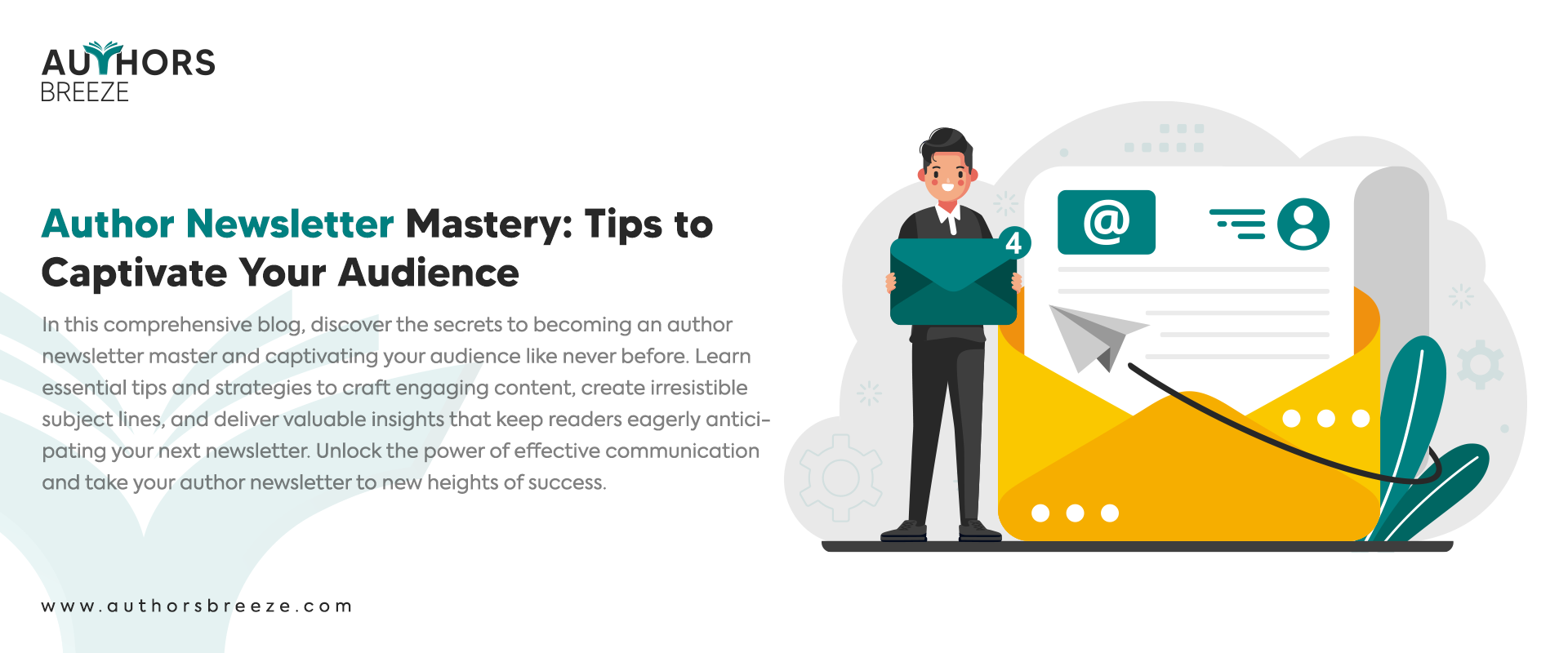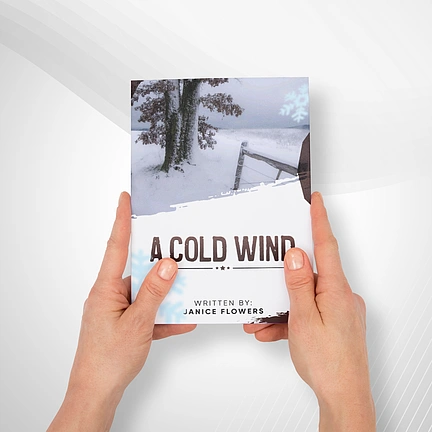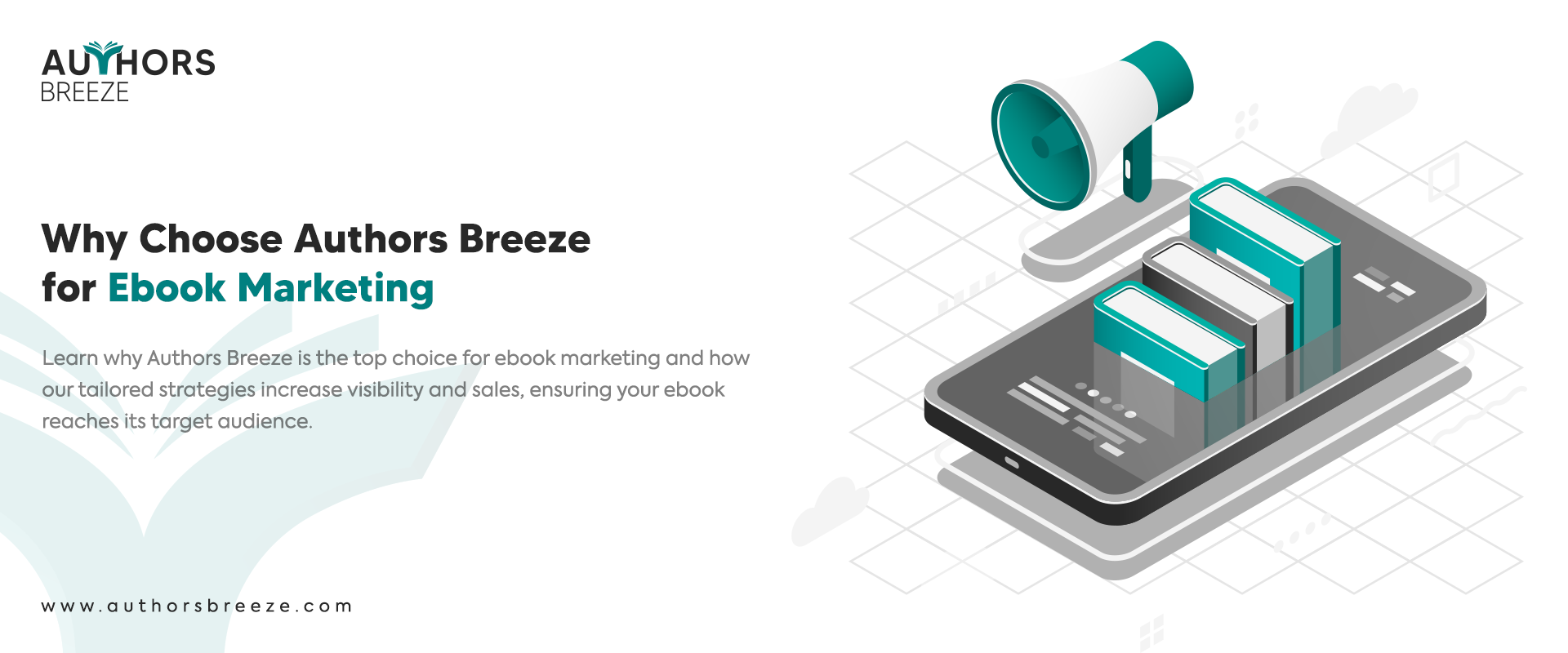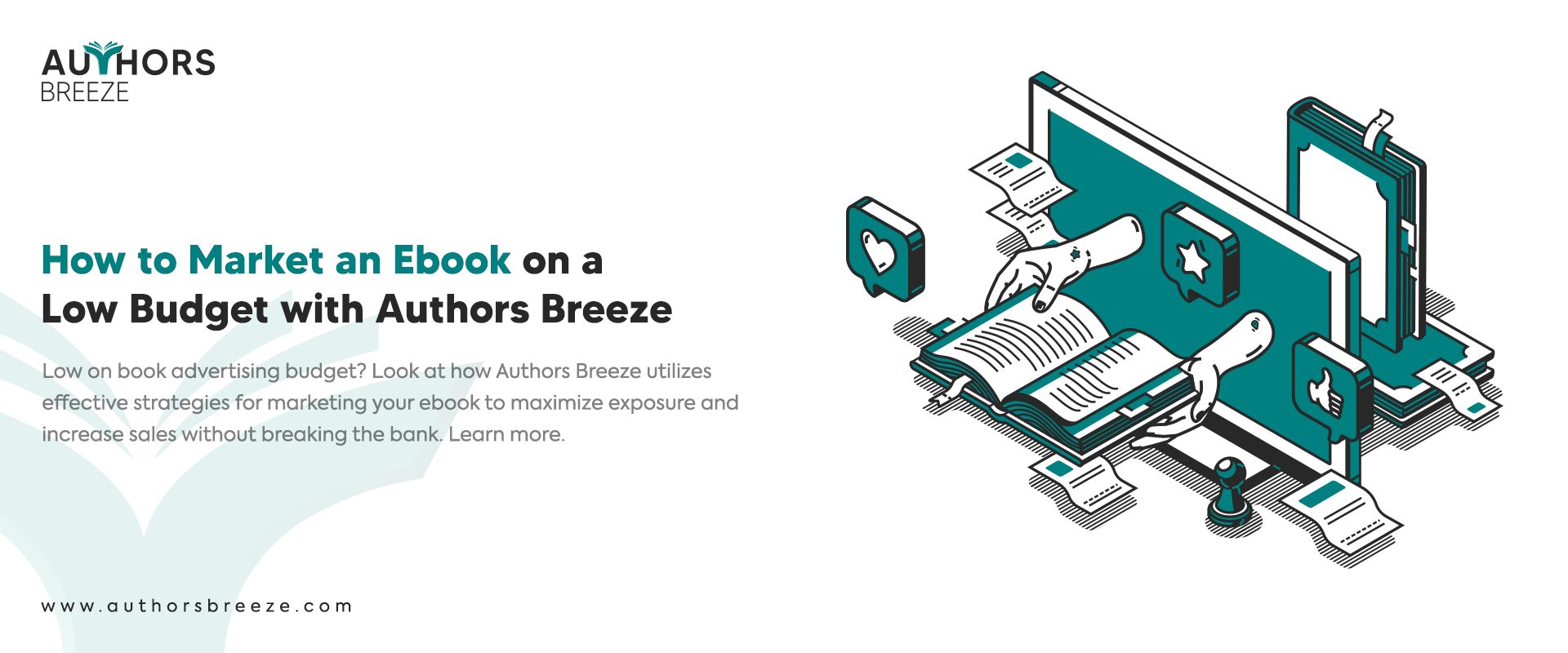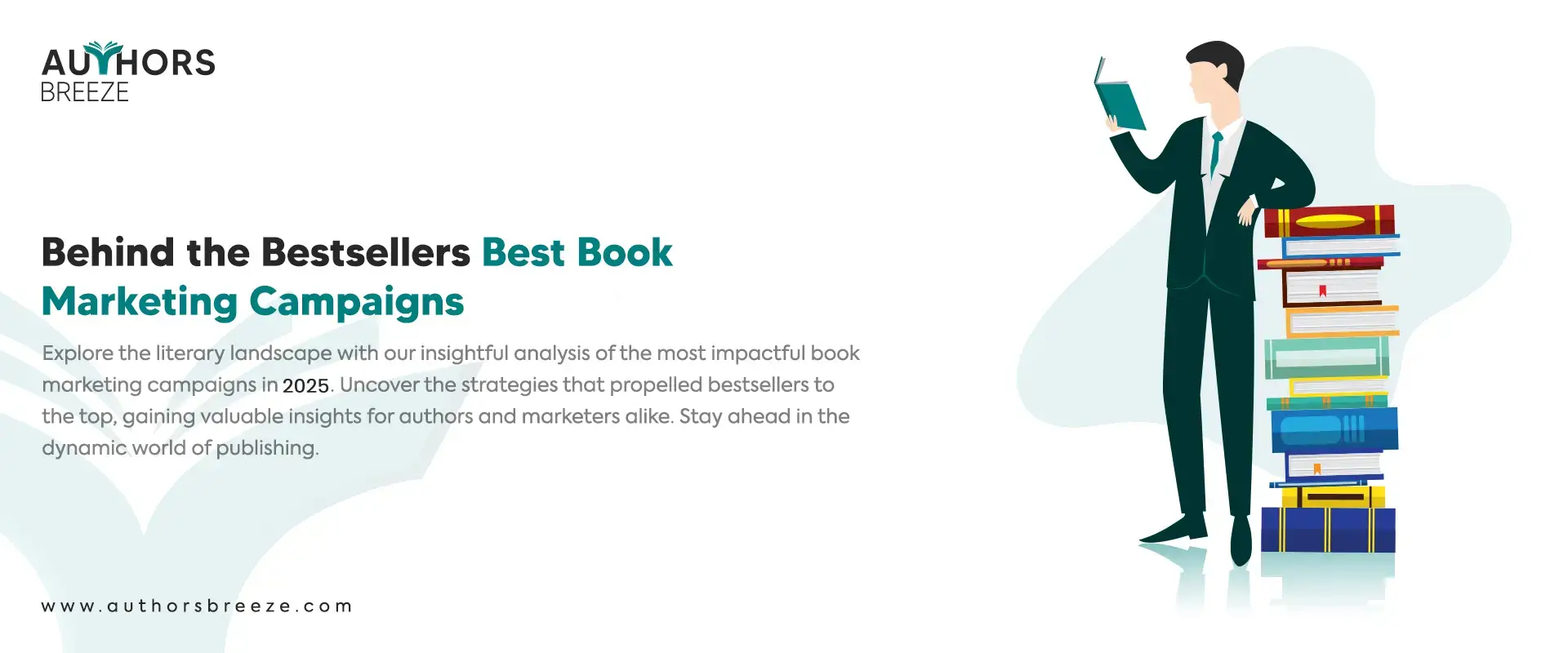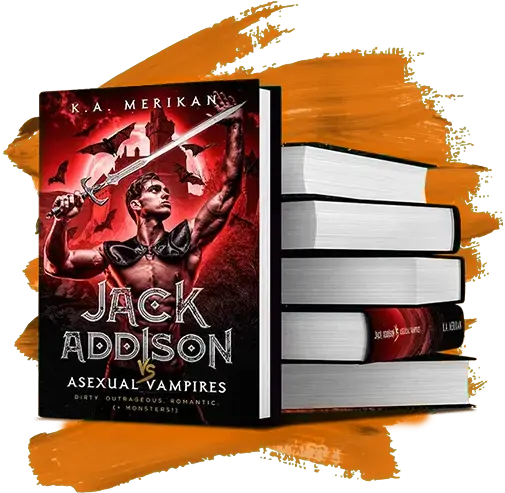You can build an audience for your book through various methods. But one of the effective approaches is starting an author newsletter. It is not vital, but a newsletter can contribute to your book marketing plan if it aligns with your goals. Moreover, you should go for a newsletter if you have the necessary time and resources to dedicate to it.
You should also know that you can sell your book without an author newsletter. Many authors have written a book and achieved great success without it. However, if you want to connect with readers on a deeper level, you can go for an author newsletter.
Before you opt for a newsletter, consider whether it will help you generate income. A newsletter provides a direct line of communication between you and your audience. It allows you to share exclusive content, updates, and insights. It offers a personal touch that social media platforms, book publicity and book signings can’t quite replicate. When you send regular newsletters, it helps you cultivate loyal readers who honestly have an interest in your work and are eager to hear from you.
Why You Need An Author Newsletter?
An author email newsletter is a perfect choice for you to build engagement with your audience. It offers the highest ROI compared to other strategies like book advertisements.
An email directly reaches the inboxes of those who subscribe to your newsletter. So, if you create your newsletter effectively, each subscriber will be a qualified lead simply because they have signed up. The more you get leads, the more your book will be sold. It will be great for your book funnel.
However, you should consider if marketing a book via email aligns with your affair. Suppose your goal is not to advance your career or sell a service. In that case, an author newsletter might not be necessary. In contrast, if your business already has a newsletter, you may not need to start another one as an author.
If an author newsletter fits your situation, it can be a powerful tool for you to build an audience. It allows you to speak directly with your subscribers and make specific requests or offers, such as:
- Promoting your book
- Suggesting it as a gift
- Showcasing a new mini-course
However, it’s crucial to strike a balance. Your newsletter should mainly provide genuine value to your subscribers. If you offer valuable content, you will retain subscribers on your list. As a result, they will be more likely to respond positively to your occasional requests or offers.
What to Put in Your Author Newsletters for Writers?
At its core, a newsletter operates on the principles to build and nurture relationships. It begins with being generous to the recipients. A successful newsletter is not simply a report on your update or activities, like a book launch. Instead, it offers value that resonates with your audience.
The content you provide can take various forms. It should depend on the preferences of your readers and the problem your book aims to solve for them. Just like when you pitch to the media. Some of the author newsletter examples for its content are:
- The ultimate guide to planning your dream wedding
- 7 crucial mistakes to avoid in your daily routine
- Ring in the holidays with these 10 must-have decorations for a festive home
Before you send your author newsletter, ensure that the content holds genuine value for your target audience. Also, keep it aligned with your book positioning and your author brand.
The content options for newsletter content are vast. But the guiding principle remains the same:
“Consider your target audience and the problem your book addresses. Then, strive to provide further content that helps solve that same problem.”
Always deliver genuine value with your newsletter. If your newsletter does not provide value to your audience, then it is better to refrain from sending it. The benefit you will gain from your audience will be directly proportional to the value you give with your newsletter. For example, suppose you want to sell an eBook on Amazon. In that case, your newsletter can generate interest, build trust, and drive more sales.
How to Create an Author Newsletter that Resonates with Your Readers?
Choose Your Newsletter Platform
When you select an email newsletter platform for marketing books, you should consider the unique features, advantages, and pricing each platform offers. You may not require all features initially. But it is helpful to choose a platform that can accommodate your future scaling needs. Here are some features to look for when you pick an email newsletter platform:
Built-In Templates and Customizable Themes
Look for a platform that provides pre-designed templates. Also, that offers the ability to customize them with ease using drag-and-drop functionality. It allows you to personalize the layout, colors, fonts, and images of your newsletters.
Email Personalization
The platform should offer the ability to add a personal touch to your emails by including subscriber details (e.g., first name) using merge tags. It helps create a more tailored and engaging experience for your subscribers.
Email Segmentation
Consider a platform that allows you to segment your subscribers into different lists based on specific criteria. It enables you to deliver more relevant content to other groups. It increases the effect of your email campaigns.
Email Automation
Automation features help you to streamline the efforts you are putting in. Look for a platform that allows you to send pre-written emails to subscribers based on the following automatically:
- Specific triggers
- Timing
- Predefined schedules (e.g., welcome emails or drip campaigns)
Email Scheduling
Ensure the platform allows you to write emails in advance and schedule them for later delivery. It will enable you to plan and organize your newsletters ahead of time.
Email Testing
Look for a platform that allows you to send test emails to yourself. So you can ensure everything looks and functions as intended before sending the newsletter to your entire subscriber list.
A/B Testing Capabilities
Consider a platform that enables you to split-test your newsletters and send different versions to a portion of your subscriber list. It helps you determine which version performs better. As a result, you can optimize your email content and design accordingly.
Campaign Measurement and Analytics
It is essential to have access to metrics for each newsletter you send, such as:
- Open rate
- Click-through rate
- Unsubscribes
This data allows you to track the effectiveness of your campaigns and make data-driven decisions.
Apart from these features, consider the following:
- The simplicity of the user interface.
- The cost of sending emails.
- Any limitations on the number of subscribers.
The following email newsletter platforms offer varying degrees of these features. It will be worth it if you consider them and create your newsletter.
Mailchimp
Mailchimp is a popular platform that provides a range of:
- Templates
- Automation options
- Analytics
It helps you create and manage your newsletters effectively.
ConvertKit
Convertkit is known for its simplicity and ease of use. It offers powerful features like:
- Customizable forms
- Automation sequences
- Subscriber tagging
Constant Contact
This platform offers a user-friendly interface with the following:
- Drag-and-drop editing
- Built-in templates
- Advanced email tracking and reporting capabilities
Understand Your Audience
Before you create your author newsletter, clearly understand who your target readers are.
- Who are the people you want to reach with your writing?
- Are they fans of a particular genre?
- Do they have specific age groups or demographics?
These aspects will enable you to create newsletters that resonate with your ideal readers.
In order to truly know your audience, you can conduct audience research. Gather info about the preferences of your readers, their reading habits, and even their feedback on your previous works. You can:
- Conduct surveys.
- Engage in social media discussion.
- Even interact with your readers at book signings and events.
Actively seek feedback and listen to your audience. As a result, you can gain valuable insights into their motivations and expectations. It will allow you to create newsletters that will engage and excite them.
If you understand your readers, it helps you to tailor your newsletters to their preferences. For example, if you are marketing children’s books, your content should be educational or enjoyable. It ensures that every message you send resonates with the people who matter the most, that are your readers.
Craft Engaging Content
When you create content for your author newsletter, it is vital to define its purpose and goals. What do you want to achieve with each newsletter? Whether you wish to provide exclusive sneak peeks of your upcoming book, share writing tips, or engage in discussions with your readers?
Suppose you clearly define the purpose and goals of your newsletter. In that case, you can focus your content and ensure that each newsletter serves a specific intention. This clarity helps you deliver valuable and relevant info to your readers that will keep them engaged and eager for more.
A well-crafted author newsletter offers a diverse and balanced content mix. Consider including a variety of content such as:
- Author Updates
- Insights from Behind the Scenes
- Book Suggestions
- Writing Advice
- Interviews
- Interactive Elements like Quizzes or Contests
Subject lines capture the attention of your reader attention and entice them to open your newsletter. A subject line gives readers a glimpse of what’s inside. So, it should be concise and intriguing. Use action verbs, pose questions, or create a sense of urgency. For example, instead of a generic subject line like:
“Author Newsletter – July Edition”
Try something like:
“Uncover the Secrets of My Next Thrilling Adventure!”
Keep in mind the subject line is your first chance to make a strong impression, so make it count. Let your creativity flow as you craft each newsletter. Watch as your readers eagerly anticipate the arrival of your next captivating installment.
Choose the Design and Layout
The design of your author newsletter plays a crucial role and makes a lasting impression. When selecting a newsletter template, opt for one that aligns with your branding and complements the overall tone of your writing. Look for templates that offer a clean and professional appearance with easy-to-read fonts. In addition, a layout that allows for organized content placement. A well-designed template sets the stage for an enjoyable reading experience for your readers.
Many readers access emails and newsletters on their smartphones or tablets. So ensure that your newsletters are responsive and adapt to different screen sizes. Use a mobile-friendly layout, keep paragraphs concise, and use images that scale well on smaller screens.
Visual elements help you enhance the appeal of your author newsletter. So, use eye-catching visuals such as:
- Professional book cover design
- Author photos
- Relevant images that align with your content
These visuals make your newsletter appealing. Also, they provide context and capture the attention of the readers. Make sure that the images you use are high-quality and properly sized to maintain clarity and prevent slow loading times. A picture is worth a thousand words. So use visuals cleverly to enhance your message.
When designing your author newsletter, choose fonts that are easy to read, with appropriate font size and spacing. Use headings, subheadings, and bullet points to break up the text and make it easier to scan. Make sure there is enough contrast between the text and background colors to aid readability. In addition, consider features such as alt text for images. It allows visually impaired readers to understand the content.
Let your creativity shine through your design choices. Deliver a newsletter that not only informs but also delights your readers. It is not a book press release, so make sure it surely impresses the readers.
Build a Subscriber List
To build a strong list of subscribers for your author newsletter, you have to implement effective signup forms. These forms serve as the gateway for readers to join your mailing list. Keep your signup forms simple and user-friendly. Ask for essential details like name and email address.
Place the forms prominently on your author website, blog, or social media platforms to make it easy for interested readers to sign up. The easier it is to sign up, the more likely readers will be to join your list. Keep that in your mind.
To entice readers to join your subscriber list, offer compelling incentives. Provide exclusive content such as:
- Sneak peeks of your upcoming book
- Access to bonus chapters
- Behind-the-scenes insights
You can also offer special promotions, discounts, or giveaways for subscribers. As a result, you give readers a reason to join your list and stay engaged with your newsletters. Make sure to highlight these incentives on your signup forms to attract new subscribers. Moreover, you can get help from book publicists to help you reach your email list.
Leverage your online presence and promote your author newsletter on various platforms. Utilize your website, blog, social media accounts, and even guest blog posts to spread the word about your newsletter. Create shareable content related to topics of your newsletter and encourage readers to sign up. As a result, you can increase your reach and attract a wider audience.
Word-of-mouth is a powerful tool for you to build your subscriber list. Therefore, you can encourage your existing subscribers to share and refer your newsletter to their friends, family, and fellow book lovers. Include social sharing buttons in your newsletters to make it easy for readers to share your content on their social media profiles. Offer referral incentives for subscribers who refer others to join your list, such as:
- Exclusive content
- Entry into giveaways
Keep Consistency and the Right Frequency
Establish a consistent publishing schedule for your author newsletters to keep your readers engaged and build anticipation. So, decide how often you will send out newsletters and stick to that schedule. Whether it is weekly, bi-weekly, or monthly, your readers will know when to expect your newsletters if you are consistent. As a result, it sets a reliable rhythm for your communication.
Consistency is vital, but it is equally crucial to determine the optimal frequency for sending out your newsletters. Consider factors such as:
- The amount of content you have to share.
- The time required to curate engaging content.
- The preferences of your readers.
If you send newsletters too frequently, it may overwhelm your readers. On the other hand, if you send them too infrequently, it may cause them to lose interest. So, find the right balance that allows you to consistently provide valuable content without overwhelming your audience.
It is tempting to include a lot of info in each newsletter. But you should avoid overloading your readers with excessive content. Keep your newsletters focused and concise. Highlight the most important updates or insights. Break up your content into easily digestible sections. Use subheadings, bullet points, or even teaser excerpts that link to full articles on your website or blog.
FAQs
What is a Book Newsletter?
An author newsletter serves as a platform for authors where they can communicate regularly with their readers through email. It provides a valuable means that can help you stay connected and build solid relationships with your readers.
How Do You Write a Newsletter People Will Read?
If you want to write an effective newsletter that people will read, you can follow the 90/10 rule. It means 90 percent of the content of your newsletter should be educational, informative, or entertaining material to the readers. On the other hand, you can dedicate the remaining 10 percent of the newsletter to promotional content.
In addition to content balance, it is advisable to keep the newsletter concise and to the point. Aim for a length of around 20 lines of copy or approx 200 words. It ensures that the newsletter is easy to digest and maintains reader interest.
What Should My Author Email Be?
When you create an email address for your author newsletter, choose a clean and professional address that reflects your author brand. Here are some tips to consider:
Use Your Name
Ideally, your email address should include your name or your author's name to maintain a professional image. For example:
DanRoger@gmail.com or AuthorDanRoger@gmail.com.
Avoid Cute or Clever Addresses
While it may be tempting to use a creative or playful email address, it's best to opt for a more professional tone. An address like DanWrites4@yahoo.com may not convey a professional image and could be less memorable.
Minimize Numbers
Try to avoid using numbers in your email address. They can be confusing or difficult to convey over the phone. Opting for a simple, text-based address is usually best.
Conclusion
In this blog, we explored the world of author newsletters. We guided you on how to publish a newsletter to captivate your audience. Now, it’s time to put it into action. Implement personalized content. Try different formats. Create newsletters that reflect your unique style as an author. Build and nurture your subscriber list. Engage with them through interactive elements.
Most importantly, encourage their participation. Do not forget to refine your newsletters based on data and feedback on a regular basis. Strive to provide a remarkable reader experience. Keep in mind that if you will be consistent and deliver valuable and engaging content. You will foster loyal readers who eagerly await each edition of your newsletter.
Embrace the power of author newsletter mastery. Then, watch as your audience becomes more connected, engaged, and passionate about your writing. And if you want any guidance, Authors Breeze is here to provide you with book marketing services.

